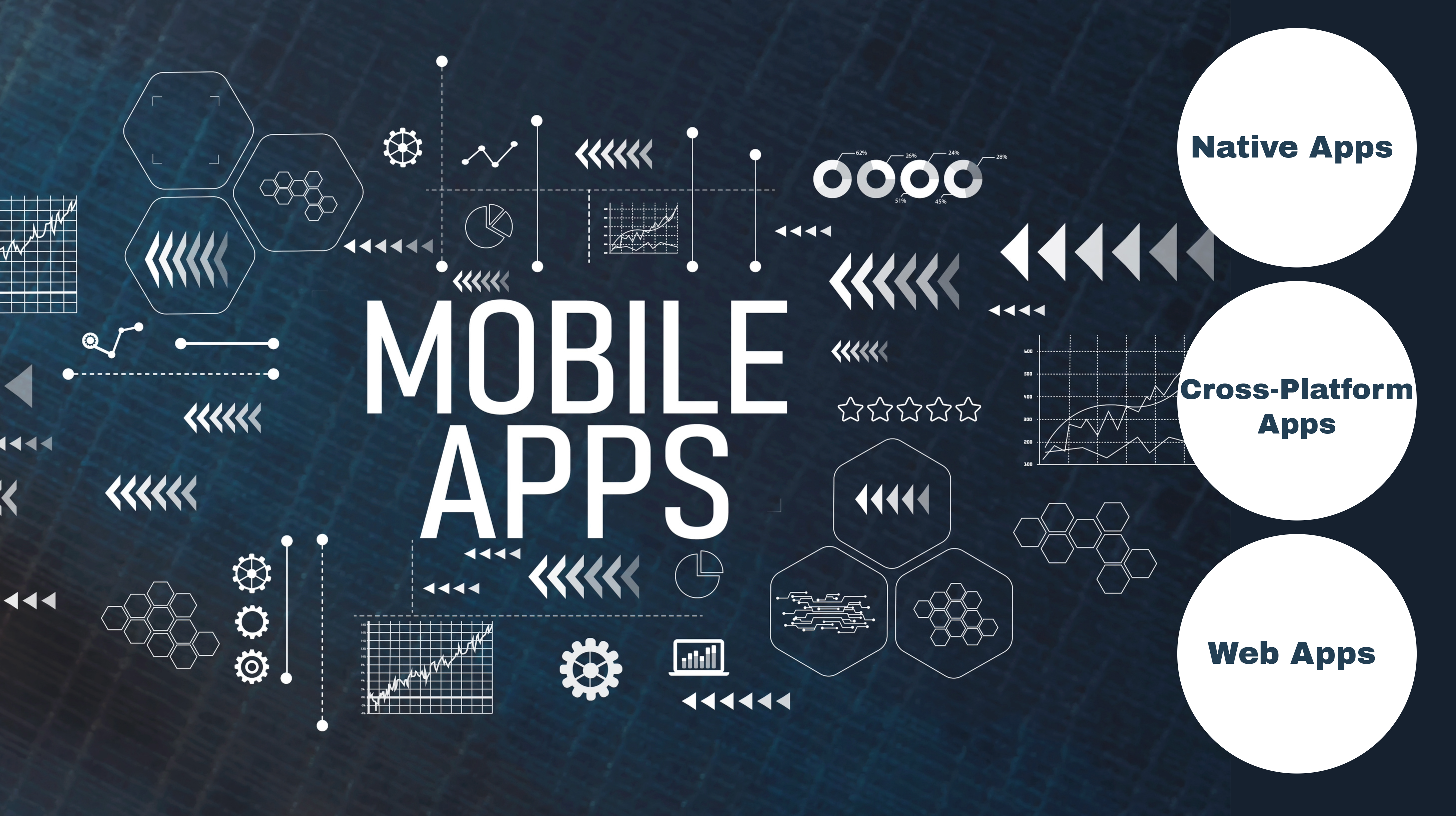World of Mobile Applications: Choosing the Right Path

In the vast and ever-expanding universe of mobile applications, the decision to choose the right type can significantly impact the success of your project. Let’s explore the advantages and disadvantages of the three primary categories: Native, Cross-Platform, and Web Apps, to help you make an informed choice tailored to your specific needs.
Native Apps
Overview:
- Definition: Developed for a specific operating system, either Android or iOS.
- Technologies: Java, Kotlin, Swift, Objective-C.
Pros:
- Performance: Optimized for the specific platform, delivering optimal performance.
- User Experience: Provides a seamless, platform-specific user experience.
Cons:
- Development Time: Requires separate development for different platforms, increasing time.
- Cost: May incur higher costs due to separate development teams.
Best For: Apps demanding high performance, utilizing platform-specific features (e.g., gaming apps, graphic-intensive applications).
Examples:
- Instagram: Offers a smooth, platform-specific experience on both iOS and Android.
- Pokémon Go: Immersive gaming experience utilizing GPS and camera functionalities.
Cross-Platform Apps
Overview:
- Definition: Developed from a single codebase to target multiple operating systems.
- Technologies: Flutter, React Native, Xamarin.
Pros:
- Cost-Effective: Shares a single codebase, reducing development costs.
- Faster Development: Develop once, deploy everywhere, speed up the process.
Cons:
- Performance: May experience lower performance due to an additional layer of computation.
- Platform Features: Requires a separate update to access new platform-specific features.
Best For: Versatile applications across business, e-commerce, social networking, and education, ensuring a unified codebase for both iOS and Android.
Examples:
- Google Pay: A popular digital wallet facilitating global digital payments.
- My BMW: Enables BMW owners to interact with their cars through a unified mobile app.
Web Apps
Overview:
- Definition: Accessed through a device’s web browser, based on internet-enabled applications.
- Technologies: HTML5, CSS, JavaScript, similar to web development languages.
Pros:
- Cross-Platform Compatibility: Accessible from any device with a browser, reducing the need for platform-specific development.
- Cost-Efficient Updates: Easier and faster to update, with changes reflecting across all platforms simultaneously.
Cons:
- Limited Device Access: May lacks access to certain device-specific functionalities.
Best For: Apps prioritizing accessibility, such as news sites, blogs, or services not heavily reliant on native features.
Examples:
- Twitter Lite: A Progressive Web App (PWA) offering a fast and reliable experience.
- Pinterest: Utilizes a PWA for a seamless experience on various devices.
Cost Comparison
- Native Apps (Android & iOS): $50,000 to $100,000
- Cross-Platform Apps: $8,000 to $30,000
- Web Apps: $5,000 to $15,000
Summary
Choosing the right mobile app type depends on your specific needs, budget, and desired user experience. opt for native apps for performance and platform-specific features, consider cross-platform for a balance between cost and performance, and choose web apps for prioritizing accessibility. Each type has its strengths and weaknesses, so make an informed decision based on your project requirements.